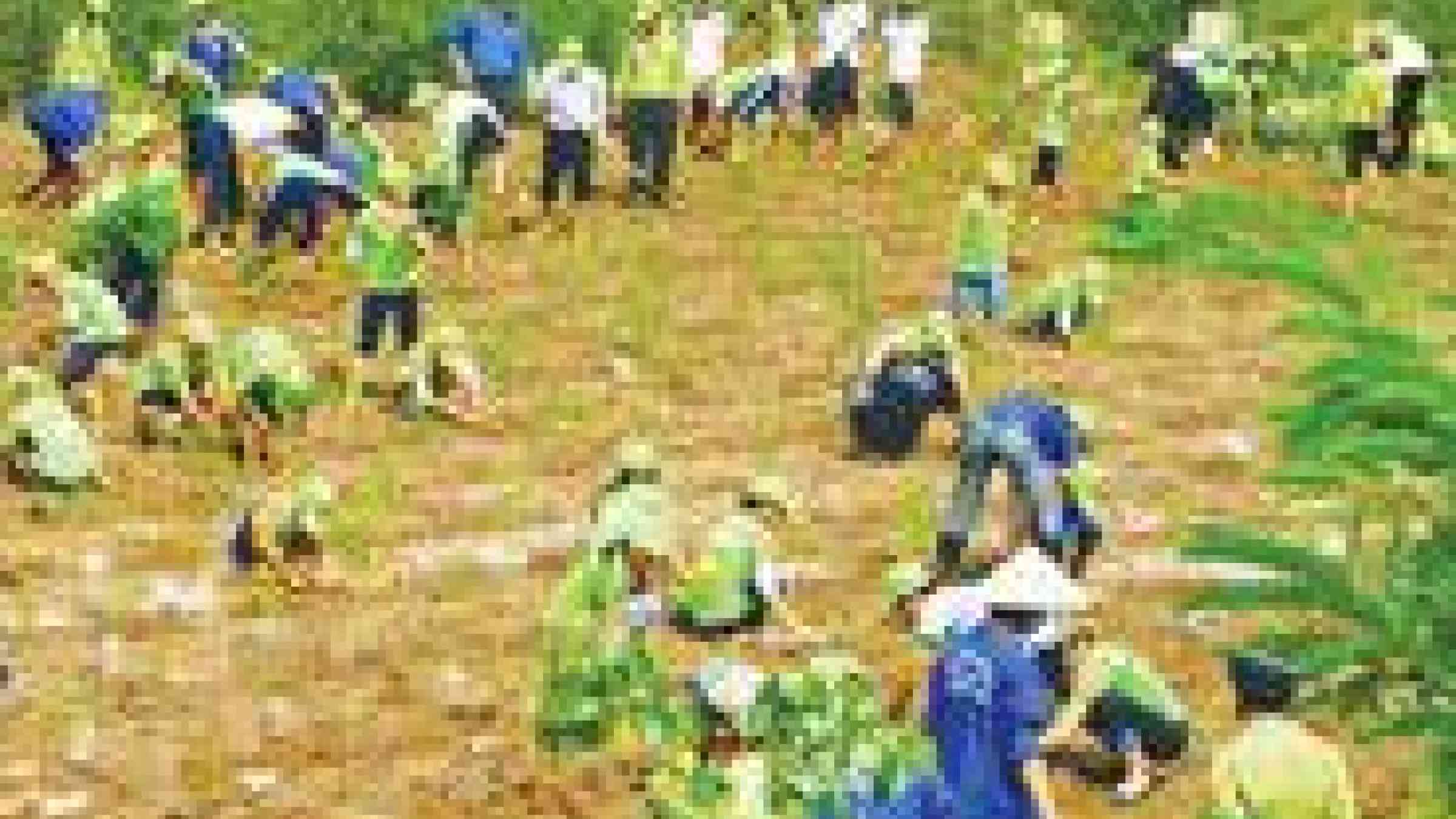
Hanoi - Viet Nam's response to climate change will focus on adaptation, which would be mainly funded by State budget.
This left the other approach to climate change, mitigation, open for engagement by the private sector as it concerns technology changes, and low-carbon energy technologies in particular.
These remarks were made by Truong Duc Tri, deputy director of Meteorology, Hydrology and Climate Change at the press briefing on the national action plan for climate change in the period of 2010-20 held in Ha Noi yesterday.
As part of on-going efforts, Prime Minister Nguyen Tan Dung has approved 61 climate change projects that aim to deal with urgent matters. As many as 15 projects have received funding from the State to start their working plans, Tri announced.
Viet Nam has also received considerable amounts of international support. From 2010 to 2012, aid for climate change stood at US$500 million and Viet Nam was expected to receive an additional amount of $830 million.
Tri said that since the first script about climate change and sea level rise for Viet Nam by the end of this century was introduced in 2009, there has been an increased awareness about the seriousness of the issue of climate change across different stakeholders in Viet Nam, particularly local authorities.
"This has been reflected in the fact that 45 provinces out of the total 63 have finished compiling their action plans to cope with climate change," he said.
While it was clear to climate change experts that Viet Nam would opt for adaptation, some experts have expressed their concern that the country may overuse hard-engineering solutions, particularly in constructing dykes, and suggested Viet Nam focus on "no-regret" strategies.
Responding to this, director of Viet Nam's Institute of Meteorology, Hydrology and Environment Tran Thuc said that while the hard-engineering approach was obviously important in coping with climatic changes and had in fact been adopted on a large scale, it was not true that Viet Nam had abused that approach.
"In addition to this, we also put in place other options, such as soft techniques which relied on natural systems. For example, Viet Nam is planning to expand the mangrove area along the coastal lines in the south," he said.
Updated script
During the press briefing, deputy director of the Viet Nam Institute of Meteorology, Hydrology and Environment Nguyen Van Thang said that in 2012, the climate change script for Viet Nam had been updated with the latest data and analytical methods while adapting the information for local levels.
In the latest script, climate change maps were presented in low, medium and high emission scenarios.
A new component to the updated version included inundation maps, initially developed for the Mekong Delta and HCM City, for the Red River Delta in the north as well as for coastal provinces in the central region.
The results showed that with a one-metre sea level rise, the risk of inundation was high for more than 10 per cent of the Red River Delta and Quang Ninh province, 2.5 per cent of coastal provinces in the central region, more than 20 per cent of the HCM City area and 39 per cent of the Mekong Delta.
More than 4 per cent of the railway system, 9 per cent of national roads and 12 per cent of provincial roads of Viet Nam were also likely to be affected.
Thuc said the script will be updated again in 2015, one year after the Inter-governmental Panel on Climate Change (IPCC) published the global and regional climate change scenarios in its 5th assessment.
Viet Nam has been using IPCC reports as a benchmark for its analysis. — VNS